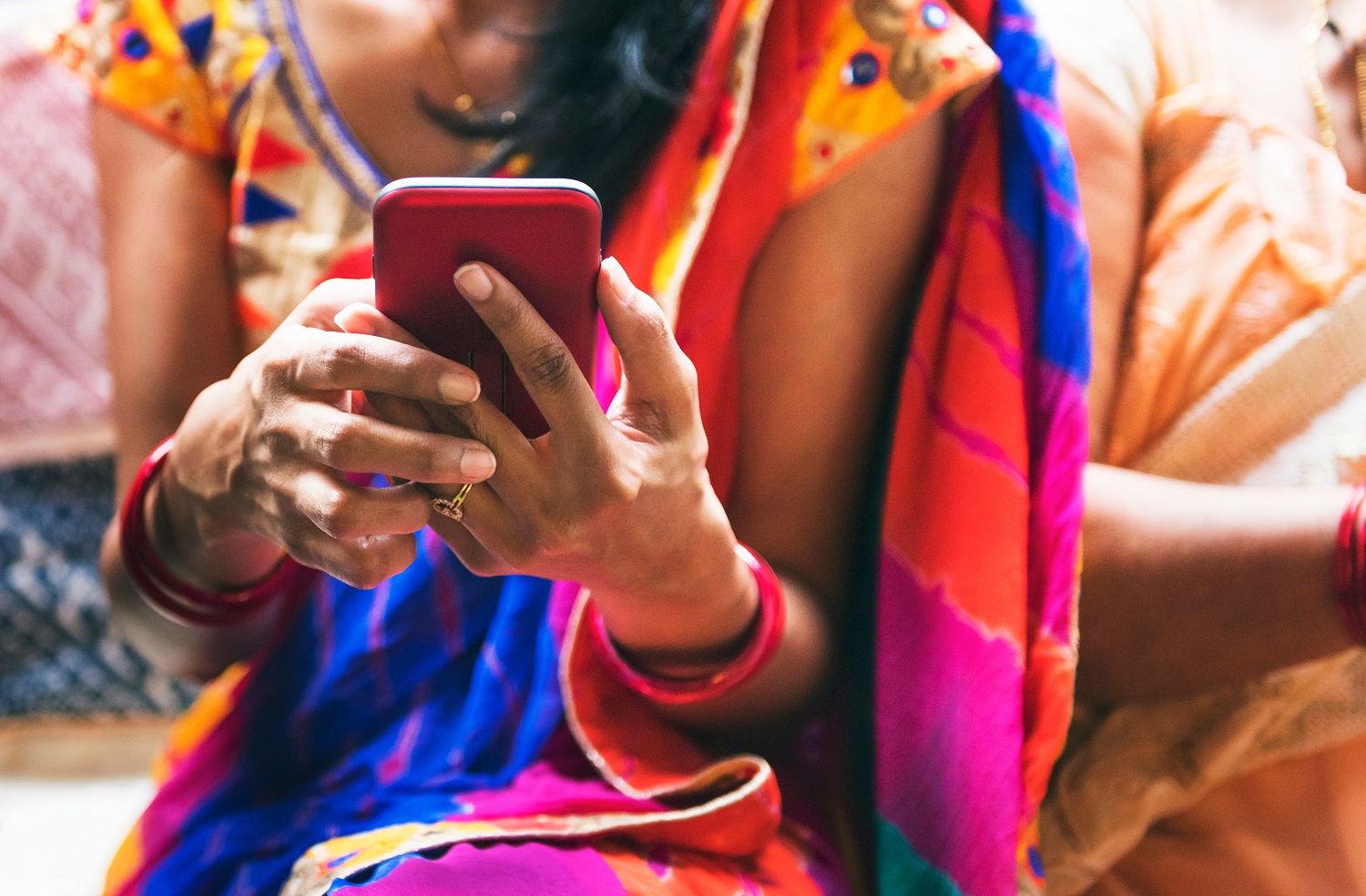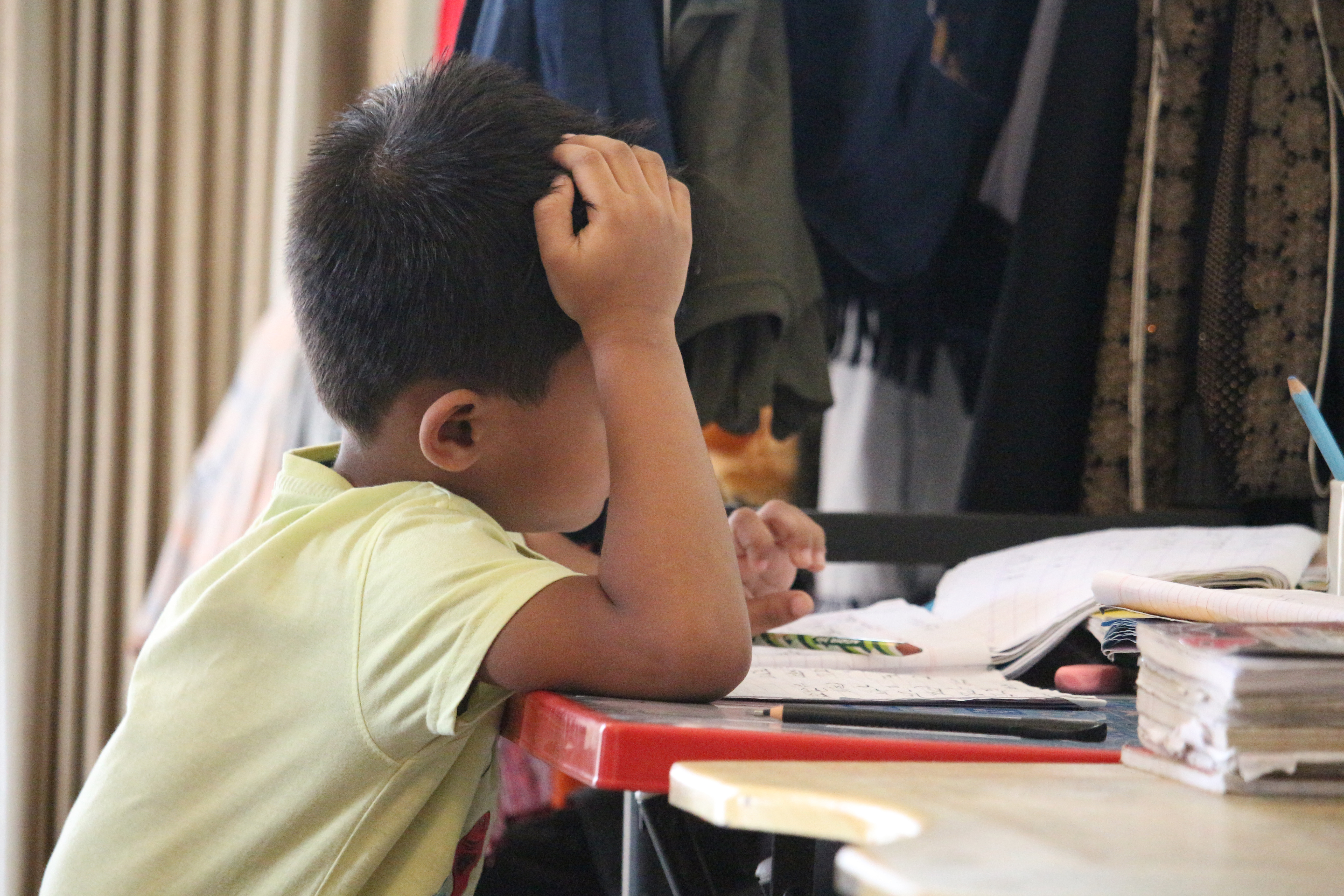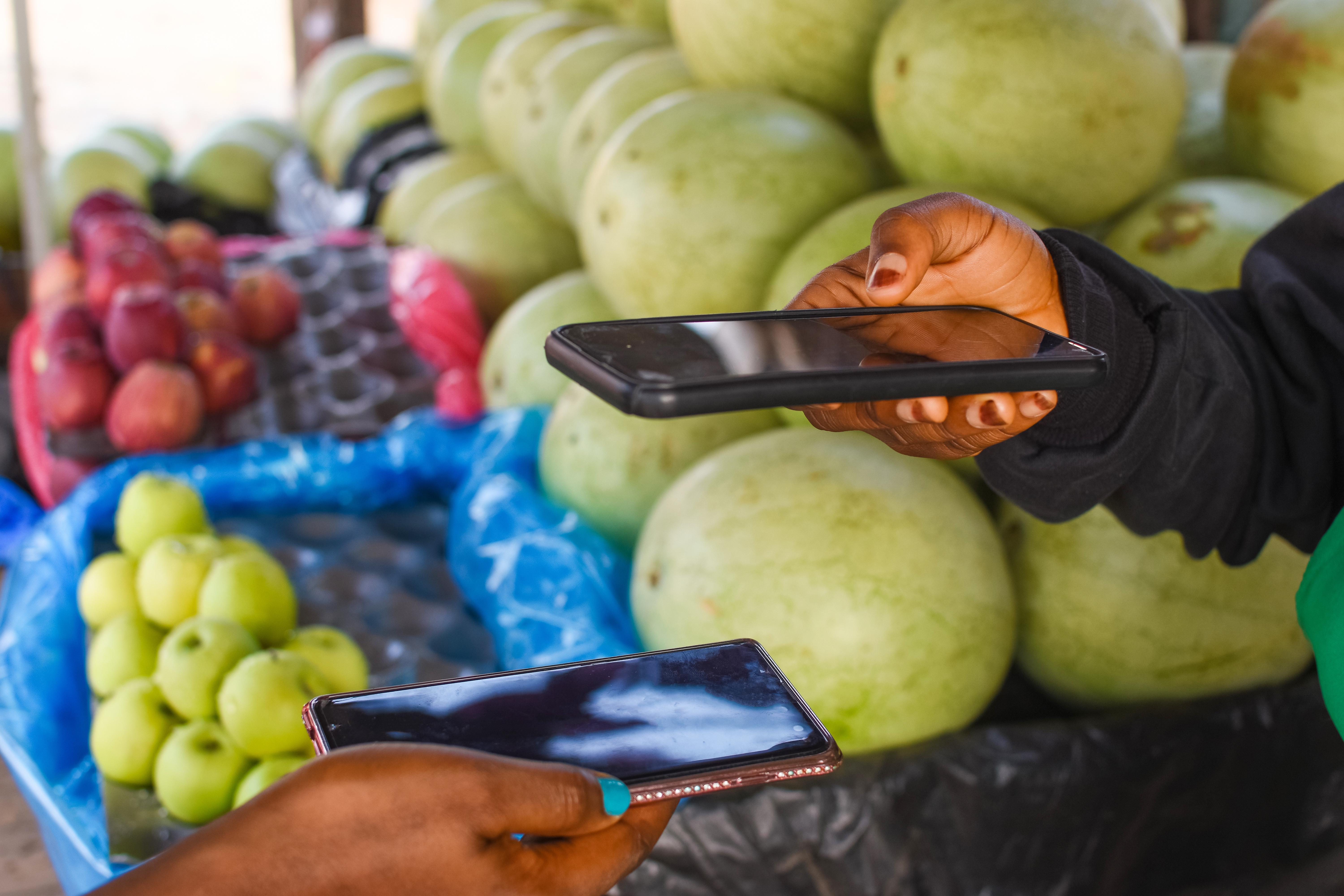Four suggestions for the inclusive implementation of SDG target 16.9, “legal identity for all”:
- Provide a proof of identity to all residents, regardless of national status.
- In applications, minimize discrimination based on legal status in the country, or insisting on recording this information in identity documents, where this is not centrally relevant.
- Review states’ practices in determining nationality against (a) their own laws, and (b) international legal commitments.
- Encourage countries to review their own practices, laws and international commitments, with a view to increasing inclusion.
The adoption of the Sustainable Development Goals (SDGs) in 2015 marks a fundamental shift towards a rights-based approach in the international development agenda. By contrast to the Millennium Development Goals (MDGs)—which they replaced—the goals and targets established by the SDGs focus not only on the usual core business of development agencies in health, education, and poverty reduction, but add concerns related to such questions as “decent work,” access to justice, or good governance. The overall objective is not to “reduce” under-five mortality or “halve” extreme poverty, but to “leave no one behind.” Even in relation to the more traditional priorities of development agencies, the SDGs include no fewer than 19 targets that specify universal goals, in areas as diverse as ending extreme poverty, hunger, and malnutrition, ensuring universal access to health care, primary and secondary education, and early childhood development, as well as clean water and sanitation.
The SDGs are not couched in the explicit language of rights. Neither do states assume legal responsibilities by signing up to an “SDG Convention” as they do, for example, by ratifying the Convention on the Rights of the Child. Nevertheless, there is a fine line between declaring something as a universal right and proclaiming a goal that everyone—without exception—should have it.
Challenges in defining “legal identity” in the SDG context
Then there is Target 16.9: “By 2030, provide legal identity for all, including birth registration.” While birth registration is well understood, it is unclear what “legal identity” means for this target. The only indicator proposed for progress towards the target is the under-five rate of birth registration (already collected by UNICEF), with no proposal for measurement of “legal identity” more generally. Different actors seem to be placing their own interpretations on the phrase.
The confusion starts from the possible distinctions between “identity” (something that you have) and “identification” (a process of registration and issuing a token or credential recognizing your identity); and is compounded by the fact that an individual may have different legal identities in different contexts, while identification may be carried out both by government and by private sector or other non-government agencies.
The SDG target seems to meld the two concepts in a way that suggests—but does not spell out—both the intrinsic value of “being officially recognized” as an individual with rights and obligations, but also the increasing importance of identification for other purposes. It seems target 16.9 should be read, therefore, as a requirement that states should provide “proof of legal identity” to all, though with no specifics on what would be considered to constitute such proof. Layered on top of these possible interpretations is the blurring between different categories of “legal identity” (which could range from, for example, “a pensioner”—an elderly person legally entitled to state support, to “a child”—a person under 18 legally entitled to primary school education and other state benefits) with questions of “legal status” in a country, whether as national or legal resident—or irregular migrant.
The ability to establish and verify identity can be critical for those seeking to register property or hold a financial account or obtain employment in the formal sector, or for governments to administer a range of social protection and other programs effectively—areas that relate directly to other SDG goals and targets. One study found that at least 10 SDG targets required accurate identification. The identity goal can therefore be viewed in part as an instrument, to facilitate the achievement of many other SDG goals. Most, if not all, of these applications simply require that people can be linked to unique identities. They may of course also require supplementary information—for example that they are below a poverty line in the case of a social protection program—but other questions related to the person’s legal status are not necessarily relevant. In the US, for example, presentation of a Tax ID Number enables an individual to open a bank account, and this is provided by the Internal Revenue Service without requiring proof of US citizenship or legal residence status.
Aadhaar as a model for the provision of legal identity?
This in turn opens the way for programs like India’s “Aadhaar” identification system to be considered consistent with progress towards fulfilment of SDG Target 16.9. The program issues a unique identity number to any person, after collecting biometric data and other basic information. It endows its holder with no specific rights or privileges but can be used for many purposes, including to satisfy “Know your Customer” (KYC) requirements to open a bank account and to help rationalize subsidies and programs around client-based delivery, as well as to help ensure that those needing benefits or services receive them.
Aadhaar certainly provides its holders with proof of legal identity, in the sense of an identity that is officially recognized, that of a “resident” of India. Its rapid rollout—now to over 1 billion people and still increasing—conforms to the SDG principle of including the poor and marginalized members of society, to “leave no one behind.” The approach of seeing legal status in the country as one of many attributes that can be filled in later could be of interest to many other states seeking to create a population baseline where none existed before.
But is a program like Aadhaar enough? What about the questions of legal status? If the ambition of the SDGs is to leave no one behind, then it has to be acknowledged that someone who is not a citizen of their country of residence has, in most contexts, significantly reduced rights to many public benefits than a citizen there. A legal resident with (proof of) citizenship in another country will possibly have reduced rights compared to a citizen of their country of residence, but can in principle still count on protection of his or her rights in that country through intervention by their state of citizenship, or can return there, in case of need. A person who is an irregular migrant may have only the most basic rights to due process and freedom from deliberate abuse if they are to be deported. A person who is stateless, who is “not recognized as a national by any state under the operation of its law”, may have rights in no country at all, and may be regarded as an irregular migrant even in the country of birth and life-long residence. As Hannah Arendt pointed out, citizenship is often the basis of “the right to have rights.”
Leave no one behind? The role of citizenship in the achievement of the SDGs
The human rights approach emphasizes the universality of rights. This includes the universal right to a nationality—the right of all individuals to be legally recognized as members of a state that, in turn, is responsible for ensuring the rights of its members. At the same time, there is a tension. The consensus that statelessness should be avoided is becoming ever-stronger in international law; yet the fundamental rule, enshrined in the still-valid 1930 Hague Convention on Certain Questions relating to the Conflict of Nationality Law, is that determination of nationality is a matter left to a state’s own laws. The international obligations on a state to grant nationality to anyone in particular, including a person who is otherwise stateless, are often unclear.
As legal identity is formalized—a process that is starting to happen in many countries—an undetermined but considerable number of people (many with no plausible links to any other country) could be rendered stateless by this very process. This has already happened, deliberately in some places, such as the Dominican Republic, Mauritania, or the Gulf States; as an unintended consequence of new identity systems in others. Some of those who are currently undocumented will be empowered by new official identification processes; but others may find out for the first time that they are “not recognized as a national.”
Statelessness is a “mixed question of fact and law”: though many stateless persons have a theoretical legal right to citizenship somewhere, legal rights are meaningless if they cannot be established in practice. Birth certificates alone do not solve this problem, although they do establish the facts (place of birth and identity of parents) on which citizenship could be recognized. But only around 30 countries, mostly in the Western hemisphere, offer citizenship on the basis of birth on national territory; the rest include varied criteria based on ancestry, birthplace and length of residence, which may require legal interpretation for citizenship to be confirmed.
This is an issue not only from the human rights perspective. In practice, individuals and families who are not recognized as citizens of the state of residence and who also cannot establish citizenship elsewhere will be seriously disadvantaged from the economic perspective as well. The framing of the SDGs therefore argues that the question of citizenship cannot be divorced from the development agenda. Universal access to proof of identity (which could be supplied by an Aadhaar-type recognition) is necessary, but it is not sufficient for goals that aspire to “leave no one behind.”
Four suggestions to help countries achieve the identity target
What does this mean for the SDG target on “legal identity”? In previous work, we noted that from the perspective of development the provision of documents that serve as a proof of identity can be distinguished from the determination of nationality. We also noted the risk of exclusion on the basis on nationality as a factor that needs to be taken into account as recognition of legal identity is increasingly formalized. Here we offer four specific suggestions to help implement these principles as countries strengthen their identity management systems, often with the support of development partners.
-
Provide a proof of identity to all residents. This can be through an Aadhaar-type approach or, in the case of a country where identification is based on a national ID, by offering it to “residents,” a category whose legal status in the country may not be fully resolved. Experience in several countries, including compilation of voter rolls, shows that programs can be rolled out rapidly if they do not require too much information at the time of enrollment.
-
In applications, minimize discrimination based on legal status in the country, or insisting on recording this information in identity documents, where this is not centrally relevant. Certainly, governments should not be expected to confer documents confirming nationality without proof that the conditions are met, but there is no good reason to use legal status in a country, including status as a citizen, as a barrier to prevent people from holding financial assets, or children from going to primary school.
-
Review states’ practices in determining nationality against (a) their own laws, and (b) international legal commitments. Sometimes practice diverges considerably from laws and commitments. For example, almost all African states are party to the African Charter on the Rights and Welfare of the Child 1990 which provides for states to grant nationality on the basis of birth on national soil if the child has no other nationality; this provision is also included in the international Convention on the Reduction of Statelessness of 1961, which has gained many additional ratifications in recent years. Implementing this commitment would eliminate statelessness within a generation. In other cases, national courts or constitutional bodies have found governments in violation of their own laws, but these rulings have not been implemented. There also needs to be a credible grievance process backed up by independent judicial review; at present, decisions are often made by administrative officials without a clear system of appeal. In the most extreme cases, court challenges are specifically excluded in relation to decisions on entitlement to nationality. This “exclusion assessment” could be a parallel to the privacy assessments recommended as an essential part of planning for a new or upgraded system.
- Recognizing that countries are sovereign, encourage them to review their own practices, laws and international commitments, with a view to increasing inclusion. This can best be done through encouraging participation in collaborative processes; UNHCR is the international agency that is leading in this regard. For example, in the case of Africa countries could be encouraged to review their laws against the General Comment on Article 6 of the African Charter on the Rights and Welfare of the Child (“right to a name and nationality”).
Bronwen Manby is an independent consultant and visiting senior fellow at the Centre for the Study of Human Rights at the London School of Economics and Political Science.
Disclaimer
CGD blog posts reflect the views of the authors, drawing on prior research and experience in their areas of expertise. CGD is a nonpartisan, independent organization and does not take institutional positions.





